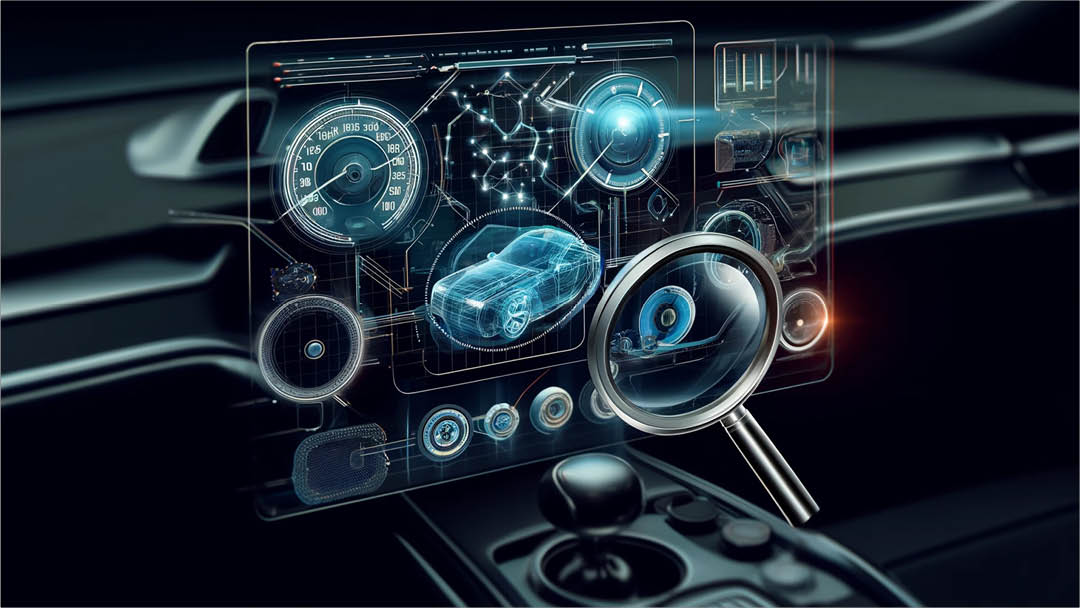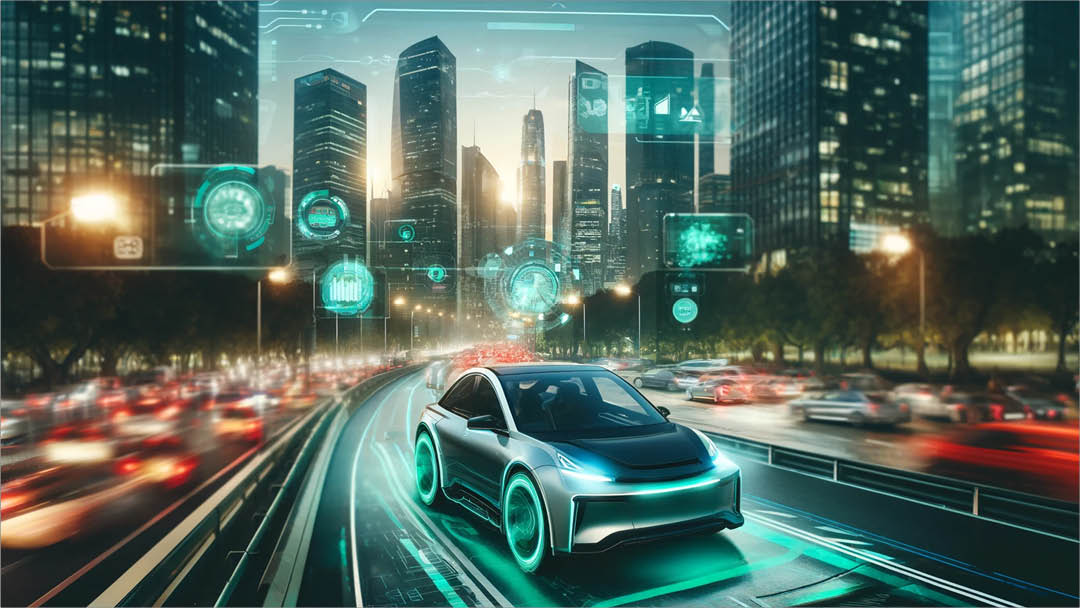In 2022, the European automotive industry witnessed significant technological advancements, particularly in the realm of automotive software development. As vehicles became increasingly software-driven, the importance of adhering to rigorous standards such as Automotive SPICE (ASPICE) and cybersecurity measures like UN R155 became paramount. These standards are critical for ensuring the safety, reliability, and security of automotive systems, which are increasingly interconnected and exposed to cyber threats.
ASPICE Compliance
Automotive Software Process Improvement and Capability Determination (ASPICE) is a framework used widely by automotive manufacturers and suppliers to assess and enhance their software development processes. ASPICE Level 2 compliance indicates a mature process management capability that systematically manages, controls, and monitors software development. This level of compliance is often required by European OEMs and is crucial for suppliers aiming to demonstrate their capability in delivering high-quality software consistently.
Cybersecurity Regulations
The integration of UN R155, a regulation developed by the United Nations Economic Commission for Europe (UNECE), into automotive standards, highlights the growing focus on cybersecurity. This regulation mandates that all vehicles be equipped with a comprehensive cybersecurity management system to protect against, monitor, and respond to cyber-attacks effectively. Compliance with UN R155 is not just about enhancing security but also about building consumer trust in new automotive technologies.
Infotainment Systems
The infotainment systems market has seen substantial growth, driven by consumer demand for vehicles equipped with advanced connectivity, multimedia capabilities, and intuitive user interfaces. Major automotive players like Continental, Bosch, Volkswagen, Daimler, and BMW have been at the forefront of integrating cutting-edge infotainment technologies. These systems are central to the digital cockpit of modern vehicles, combining entertainment, navigation, and connectivity functions with vehicle diagnostics and user settings into a single system interface.
Market Dynamics
The push towards more connected and autonomous vehicles has led to an increased emphasis on software capabilities within the automotive sector. This shift necessitates a deeper integration of software development standards and cybersecurity measures as fundamental components of the vehicle design and manufacturing process. Suppliers and OEMs must continuously evolve their processes to meet these stringent standards, which are becoming as critical as the mechanical components of a vehicle.






